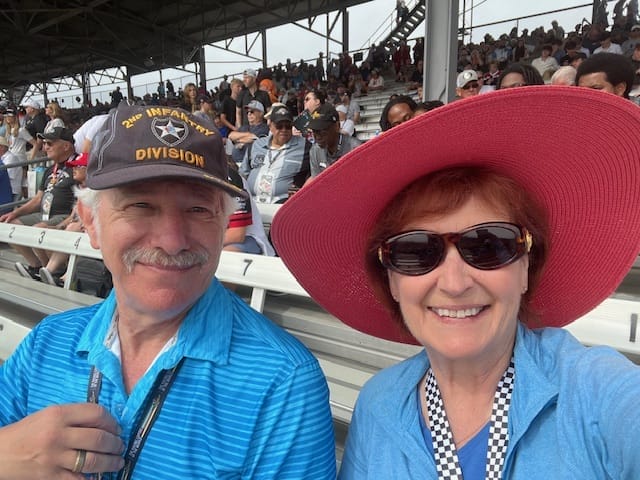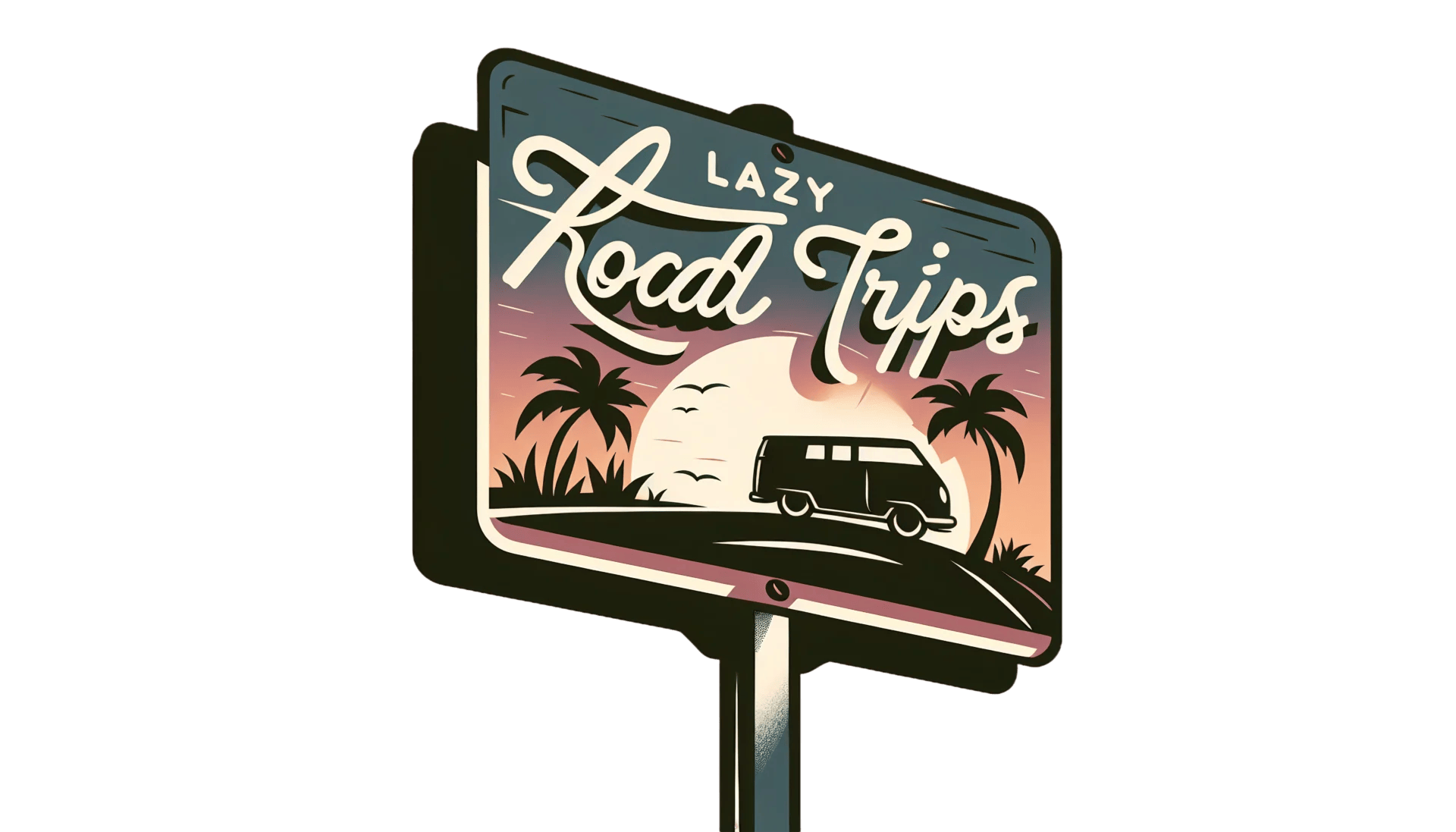San Diego’s caught in a complicated debate about folks living in their RVs and the city’s attempts to manage safe parking spaces. Tensions have definitely ramped up, with both sides locked in arguments over how these lots should be regulated and who gets to use them.
It’s not just about parking spaces, though. This whole situation pokes at bigger issues—affordable housing, city planning, and the general welfare of the community.
The Growing RV Community in San Diego
More people have started living in RVs around San Diego lately. It’s not hard to see why when you look at the price of housing, shaky job situations, and, honestly, a bit of that wanderlust for a flexible lifestyle.
For some, RV living feels like a real escape from the grind of traditional housing. You get mobility, a little freedom, and maybe even a sense of adventure.
But let’s be real—it comes with its own headaches, especially when it comes to finding somewhere safe and legal to park for the night.
Why RV Living is on the Rise
So, what’s behind this RV boom?
- Economic Factors: Housing’s gotten so expensive here that some people just can’t swing a regular place, so they turn to RVs.
- Flexibility: There’s a certain appeal in being able to pick up and move whenever you want—some folks really crave that.
- Minimalism: Others just want a simpler life, less stuff, maybe even a smaller environmental footprint.
Challenges Faced by RV Dwellers
But it’s not all sunsets and open roads.
- Legal Issues: Trying to find a legal, safe spot to park is a major pain. Most places have strict rules against overnight parking.
- Access to Services: Getting basics like water, electricity, or a place to dump waste? That’s a constant struggle.
- Community Acceptance: There’s still a stigma, too. People living in RVs often feel isolated or even face discrimination.
City’s Efforts to Manage Safe Parking
The city has tried a few things to handle the growing number of RV residents. Officials want to balance the needs of folks in RVs with concerns from the wider community.
It’s tricky—how do you keep everyone safe and happy, especially when homelessness and city planning are already such tough issues?
Safe Parking Programs
One big approach is the safe parking program. The city has set aside certain areas where RVs can park overnight, and these lots usually come with some basic services.
The idea is to give RV dwellers a safer, more structured option than just parking on random streets.
Community Response and Controversies
Not everyone thinks these programs are a good idea, though. Some neighbors worry that the parking lots bring crime or hurt property values, so they push back pretty hard.
On the flip side, people living in RVs say these programs are a lifeline, and they wish the city would do more to help.
Tempers have flared, and legal battles aren’t uncommon. It’s a messy, ongoing debate with no easy answers.
Looking Ahead: Potential Solutions
So, what could actually help? People have tossed out a bunch of ideas, from policy tweaks to more community involvement and creative urban planning.
Policy Changes
One suggestion is to overhaul some of the current rules and make life a bit easier for RV dwellers. That might mean:
- Expanding Safe Parking Programs: More lots, better services—just scaling up what’s already working for some.
- Relaxing Parking Restrictions: Maybe loosen up on where RVs can park, at least in less crowded neighborhoods.
- Providing Legal Protections: Pass laws to protect RV residents from discrimination and give them some basic rights.
Community Engagement
But policies alone won’t cut it. The community’s got to get involved, too.
- Public Awareness Campaigns: Honestly, most people don’t know what RV living is really like—education could help change minds.
- Stakeholder Collaboration: Getting city officials, RV folks, neighbors, and advocates in the same room to hash things out makes sense.
- Community Support Programs: Things like job training, healthcare, or financial help could make a real difference for RV dwellers.
Innovative Urban Planning
Innovative urban planning can push cities toward being more inclusive and adaptable. What does that actually look like in practice?
- Mixed-Use Developments: Imagine neighborhoods where homes, shops, and parks all blend together. This kind of design lets people live, work, and relax without needing to travel far.
- Temporary Housing Solutions: Cities can set up options like tiny home communities. These give folks in transition a place to land, even if just for a while.
- Green Infrastructure: Planners are bringing in more sustainable ideas, like green roofs and parks, to help cities stay resilient and eco-friendly.
The ongoing situation in San Diego really highlights the bigger challenges with housing and city growth. If you’re curious about the back-and-forth between RV residents and the city over safe parking lots, you can dig deeper into the debate here.

